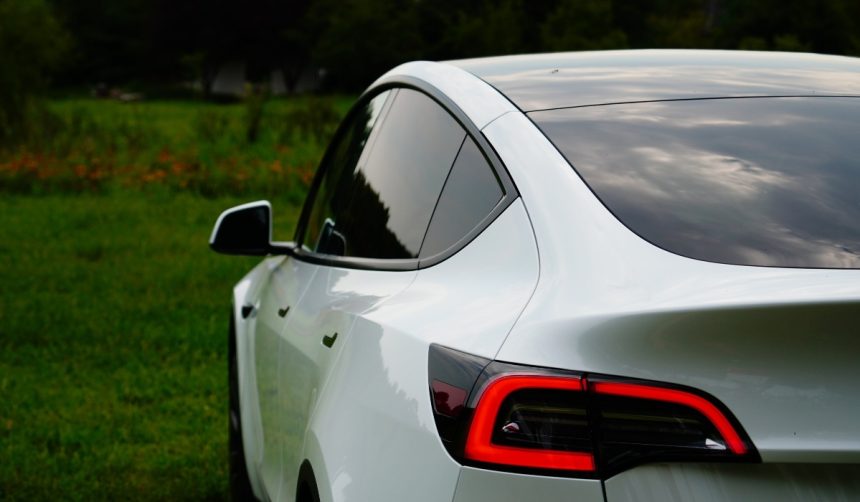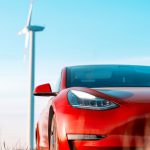Tesla’s distinctive pop-out door handles, a hallmark of the Model S since 2012, are at the center of new regulatory scrutiny in China. With the world’s largest electric vehicle (EV) market considering stricter rules on the use of flush, self-presenting handles, several automakers could be compelled to alter prominent design elements. Questions about the reliability and safety of these sleek fixtures have prompted action from Chinese authorities, raising broader questions about design priorities in the EV industry. Aside from performance, these concerns may lead manufacturers to rethink the integration of visually striking but complex components. Regulatory outcomes in China often influence global design choices, so Tesla’s response is being closely watched.
Chinese reports over recent years have periodically highlighted consumer challenges with complicated electronic door mechanisms, but the current regulatory interest signals a more coordinated approach. Earlier discussions tended to focus on isolated incident reports rather than a policy-level response. The present regulatory focus not only echoes previous safety debates but also appears more unified, with government agencies stating more definitive positions on permissible design. If enacted, the upcoming ban would set a new precedent, forcing automakers like Tesla, and others utilizing similar technologies, to adapt their vehicles for compliance in what remains a crucial global market.
Safety and Reliability Concerns Drive Scrutiny
Chinese regulators have cited both safety concerns and high failure rates as central reasons to review the use of automatic, pop-out door handles. Test data from the Chinese Insurance Automotive Technology Research Institute revealed that one-third of such handles may become nonfunctional after a side-impact crash. Failure rates among EVs using these mechanisms also appear significant, with one manufacturer reportedly attributing 12 percent of repair claims to handle-related issues. Although manufacturers like Tesla have included emergency latch releases, officials regard these measures as insufficient assurance for passenger safety in all scenarios.
Design Efficiency Versus Passenger Safety
Automakers have often justified flush door handles by referencing aerodynamic gains that theoretically boost vehicle efficiency. However, Chinese regulators argue that such improvements are negligible when weighed against safety risks. Regulatory statements recommend prioritizing straightforward mechanical solutions over potentially unreliable electronic or pop-out designs. Tesla has stood by the existing approach, stating,
“The pop-out handle design has contributed to improved aerodynamics and aesthetics,”
while also emphasizing,
“Our vehicles are equipped with backup manual releases for all entry points.”
Potential Market Impacts and Next Steps
If Chinese authorities move forward, the planned ban on pop-out handles would take effect beginning July 2027. This would affect not only Tesla’s Model S but any other EV brands employing similar technologies. Automakers may need to redesign or retrofit existing models to maintain access to the Chinese market. Such changes could introduce additional costs and complicate product standardization across global markets, especially for companies relying on a unified design language. Industry observers are monitoring whether this regulatory stance might influence approach in other significant EV markets.
Decisions by Chinese regulators regarding Tesla’s pop-out door handles reflect a growing tendency to balance innovation with safety and repairability. For car buyers, the situation highlights the need to look beyond aesthetics and consider real-world usability and maintenance implications. It can also serve as a lesson that automotive design features—no matter how iconic—may be subject to revision as new data and policies unfold. Those considering the purchase of vehicles with such door handles would benefit from understanding both functionality and the potential for regulatory-driven design shifts.










